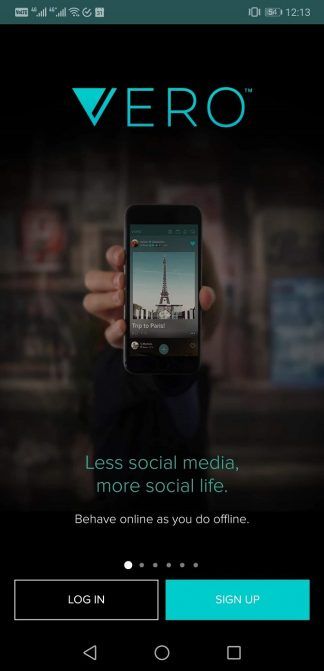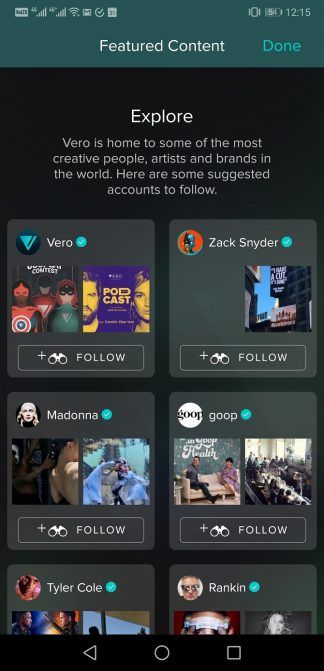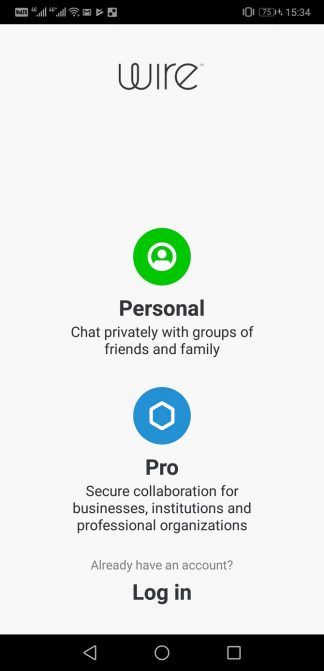Facebook’s reputation is in the gutter right now. Privacy scandals, unchecked snooping, and the mishandling of user data all mean that trust in the company has hit a new low.
The fact that Facebook owns other major services such as Instagram and WhatsApp only heightens concerns over its activities. So what do you need to do to quit Facebook completely?
In this article, we list the apps you’ll need if you want to quit the Facebook ecosystem entirely. They’re the best alternatives to Facebook, Instagram, and WhatsApp.
Reasons to Quit the Facebook Ecosystem
Many people are choosing to quit Facebook’s ecosystem completely. But why is this the case?
Firstly, Facebook’s acquisition of popular services means that these services may no longer live up to their original philosophies. For example, the founders of WhatsApp had promised users that the service would never serve ads, but plans are underway to do just that.
Secondly, Facebook’s successful advertising business gives it more incentive to harvest user data across a variety of services. This just makes the fallout even worse when data leaks occur. And Facebook’s security and privacy issues are a nightmare for some consumers.
When it comes to the security of that data, Facebook’s apparent intentions to link these apps through a central platform is another major cause for concern. Leaks from this integrated system could cause even more fallout for users.
Alternatives to Facebook
Facebook will continue to be a social media behemoth for the foreseeable future. No other platform measures up to its userbase. But there are some Facebook alternatives out there you can try…
MeWe: Privacy-Centric Social Network
![mewe private social network facebook alternative]()
If you’re specifically looking for a social network that values user privacy, MeWe may be for you. The social network vows to never serve ads, track users, or sell their data.
But how exactly would this free service make money then? MeWe offers a variety of small subscription plans for certain features, such as extra cloud storage and a secret chat app. It also has a business service called MeWePro that provides an alternative revenue source.
Download: MeWe for Android | iOS (Free)
Diaspora
![diaspora alternative social network]()
Diaspora is another Facebook alternative that provides a decentralized platform. The creators of Diaspora identify three core values of the site: decentralization, freedom, and privacy.
Rather than one organization running the entire platform, Diaspora is spread across independent servers (which Diaspora calls “pods”). In fact, if you have the right knowledge, you can even start up your own server.
Users choose which pods they want to join and you don’t have to sign up with your real name. Most pods focus on certain topics, such as photography, nature, technology, or other interests.
Sign Up: Diaspora for Web (Free)
Vero
Vero addresses some of the biggest annoyances when using Facebook. Namyl, algorithm-influenced feeds, data mining, and advertisements.
The app’s creators vow that users won’t have to deal with these using Vero. Posts are shown chronologically for the audiences that you select. Meanwhile, there are no ads on the social network.
Vero also has messaging features, a sleek interface, and a variety of features that make it an interesting competitor for Facebook. In terms of monetization, the company plans to eventually introduce a subscription. However, the app continues to let users register for a free lifetime subscription.
Download: Vero for Android | iOS (Free)
Alternatives to WhatsApp
WhatsApp outpaces even Facebook in terms of popularity. But plans to monetize the app through ads and integrate it into the Facebook ecosystem further have many wondering about possible WhatsApp alternatives to use instead.
Consider using these messaging apps instead…
Telegram
Telegram is one of the most popular alternatives to WhatsApp. This messaging app prioritizes encryption, security, and seamless connectivity. The company’s promise to keep the app free forever, with no ads or subscription fees, is another appealing selling point.
Features such as syncing one cloud account across platforms and its availability on desktop mean that you won’t be sacrificing flexibility if you switch from WhatsApp to Telegram.
Download: Telegram for Android | iOS (Free)
Signal
Signal, an open-source messaging app owned by a non-profit foundation, prioritizes user privacy. However, it should be noted that a now-patched bug was discovered in September 2019. The bug left phone calls vulnerable to interception from hackers.
The app has attracted support from privacy groups and advocates thanks to its encryption protocols, support for disappearing messages, and the ability to directly download the APK instead of using an app store.
One thing that makes Signal significantly different to other messaging apps is that you can choose to make it your default SMS app.
Other great features include:
- The ability to add a lock screen to the app
- Advanced controls for notifications
- An incognito keyboard option
Download: Signal Private Messenger for Android | iOS (Free)
Wire
Wire is a messaging and collaboration platform created with the involvement of Skype co-founder Janus Friis. It features many of the core features we’ve come to expect from messaging apps, such as group chats and video calling, making it a solid WhatsApp alternative.
Wire provides a free, personal plan for private messaging, as well as paid professional plans for enterprises and businesses that want to use it for collaboration among employees.
Regardless of your plan, however, the service includes end-to-end encryption and a secure platform.
Download: Wire for Android | iOS | Desktop (Free, subscription available)
Alternatives to Instagram
While not created by Facebook, Instagram was acquired by the company in 2012. Since then it has played an increasingly prominent role in Facebook’s advertising platform.
If you want to use a photo-sharing platform that has access to a like-minded community, without being part of the Facebook brand, here are some Instagram alternatives to try…
VSCO
VSCO is a popular mobile photo-editing app that lets you share your creations with the VSCO community. Rather than relying on advertising, the developers monetize the app with an optional subscription plan. Free users still have access to a certain number of filters, editing tools, and community sharing.
Just like Instagram, you can follow other VSCO users and browse hashtags to discover pictures. The VSCO devs also curate photos from users that are then featured on the app’s Discover page.
Download: VSCO for Android | iOS (Free, subscription available)
EyeEm
EyeEm is a photo-sharing platform that caters mainly towards professional photographers. The platform lets you sell your images and receive feedback from other photographers.
Users maintain copyright over their images. However, if your images are accepted on the EyeEm market, the platform sells licenses at a predetermined price with a 50-50 earnings split between you and EyeEm.
However, sharing images on the marketplace is not required on the app. Photographers who do choose to sell can still sell their images elsewhere too.
Download: EyeEm for Android | iOS (Free)
500px
500px is another Instagram alternative aimed towards photographers who want to share their work. However, it also features the community aspects of Instagram, allowing you to follow other users and topics. When you log into the app, you have a home feed just like Instagram.
You can also complete various quests or challenges within the app. Much like EyeEm, you can choose whether you want to submit certain images to the platform’s licensing marketplace. Contributors get paid up to 60 percent of the license price.
Download: 500px for Android | iOS (Free, subscription available)
More Reasons to Use Alternatives to Facebook’s Apps
If you’re still not convinced that you need to quit the Facebook ecosystem, the company’s privacy issues could be the deciding factor. But is the company’s track record really that bad?
There are actually a variety of tools that keep track of Facebook’s privacy violations and understand the alternative options out there. Check out our guide listing the tools you need to understand the risks of using Facebook to find out more.
Read the full article: 9 Alternative Apps You Need to Quit Facebook for Good
Read Full Article


 The first version of Current, which
The first version of Current, which 






































